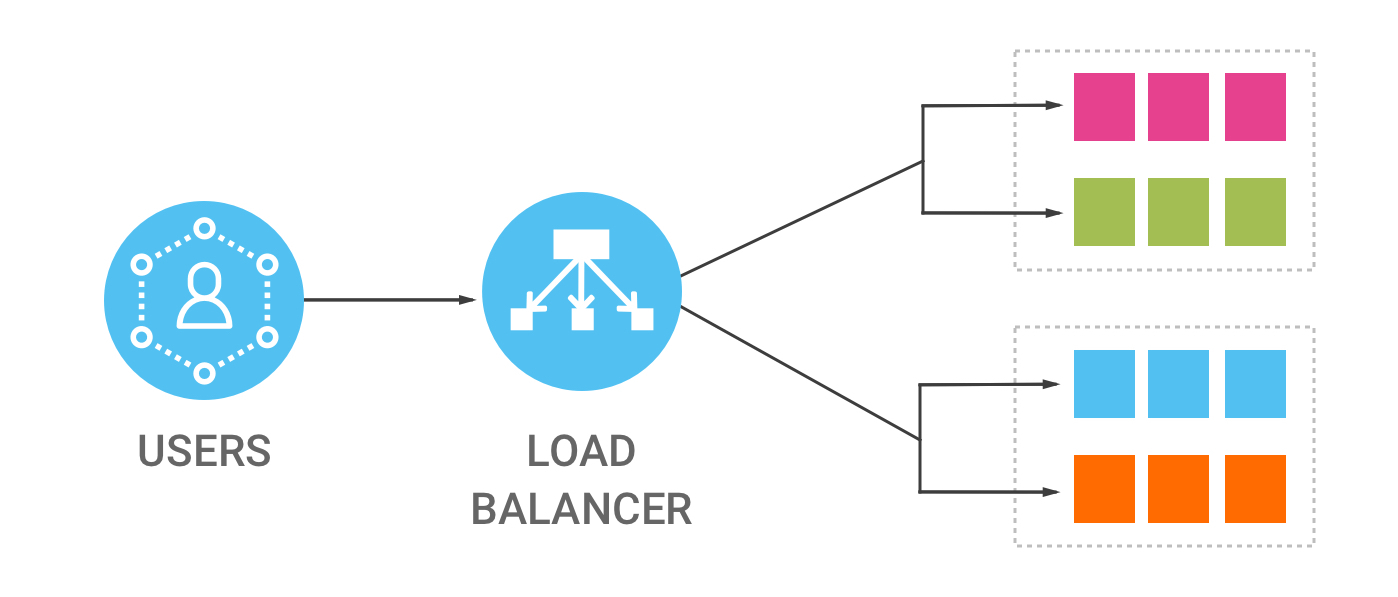What is Server Load Balancing?
- Process of distributing a set of tasks over a set of resources (computing units), with the aim of making their overall processing more efficient. Load balancing techniques can optimize the response time for each task, avoiding unevenly overloading compute nodes while other compute nodes are left idle.
Why Server Load Balancing?
-
Load balancers manage the flow of information between the server and an endpoint device (PC, laptop, tablet or smartphone). The server could be on-premises, in a data center or the public cloud. The server can also be physical or virtualized. The load balancer helps servers move data efficiently, optimizes the use of application delivery resources and prevents server overloads. Load balancers conduct continuous health checks on servers to ensure they can handle requests. If necessary, the load balancer removes unhealthy servers from the pool until they are restored. Some load balancers even trigger the creation of new virtualized application servers to cope with increased demand.
Traditionally, load balancers consist of a hardware appliance. Yet they are increasingly becoming software-defined. This is why load balancers are an essential part of an organization’s digital strategy.

We Offer Solutions With Server Load Balancing
• Active / standby data center traffic distribution
• Active / active data center traffic distribution
• Geolocation database and location mapping
• Consistency across data centers
• Rich visibility and metrics for all transactions

